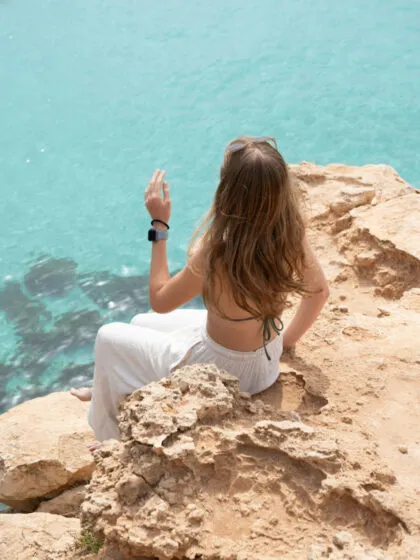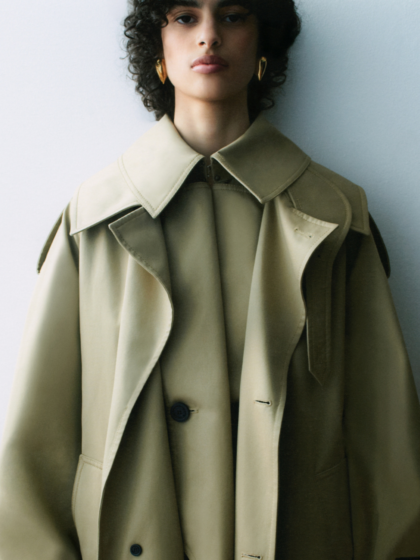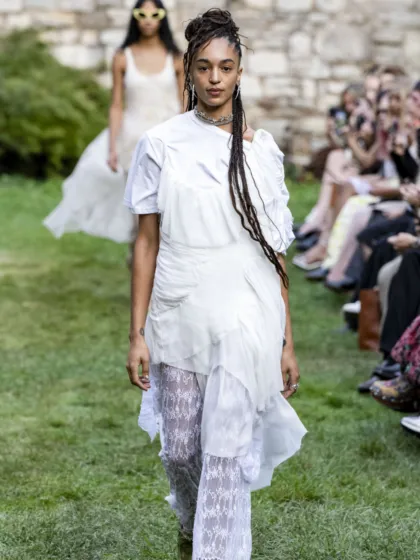6 Bizarre Beauty Routines You’ve Never Heard Of
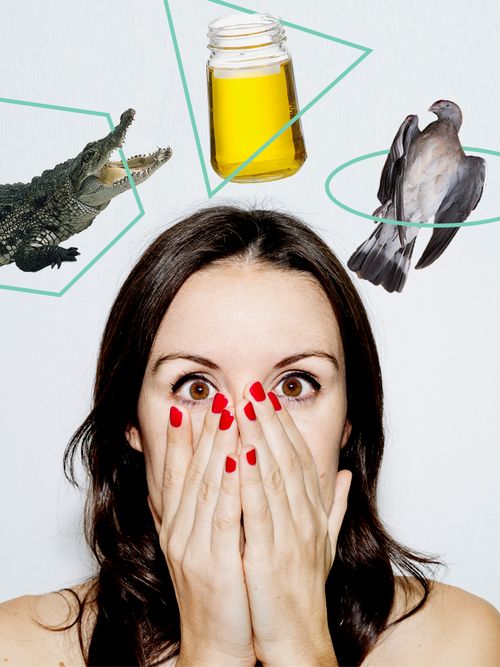
History is filled with women who were willing to go to extreme lengths to beautify themselves. There was the Countess of Bathory who, legend has it, bathed in virgins’ blood to maintain her youthful appearance. Then there were the Elizabethans, who plastered white lead-based foundation on their faces, only to wonder why they were dying of blood poisoning.
Although it’s undeniable that superficial beauty is paramount to us nowadays, we think we have evolved (slightly) from the days of beauty hacks that literally involved hacking, murder or anything death-related. Read on as we throw it back to times when beauty really was a matter of life or death.
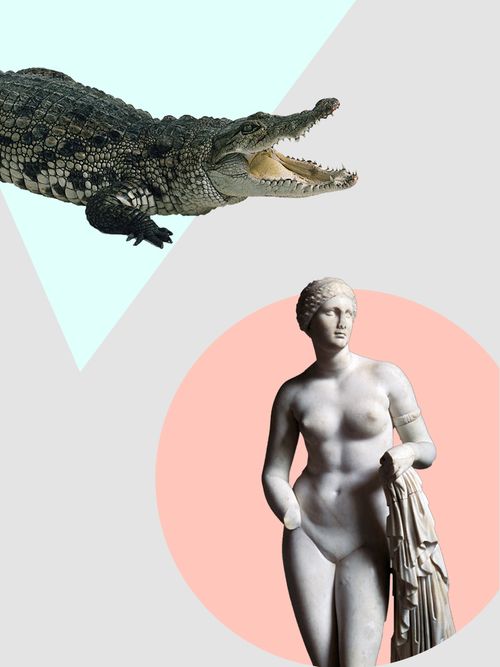
Ancient Greeks
We hold the Ancient Greeks in high esteem, knowing them as the people who brought us philosophy, the Pythagoras theorem and really good yogurt (okay, that one’s a bit of a misnomer). But, as it turns out, they weren’t quite as civilized as we had thought. There are accounts of huge baths being filled with a mixture of earth and crocodile excrement, which they would then soak in for hours, believing the dung to be rejuvenating. We, too, would love a fountain of youth handy—but we’re not too sure we’d go to such drastic lengths.
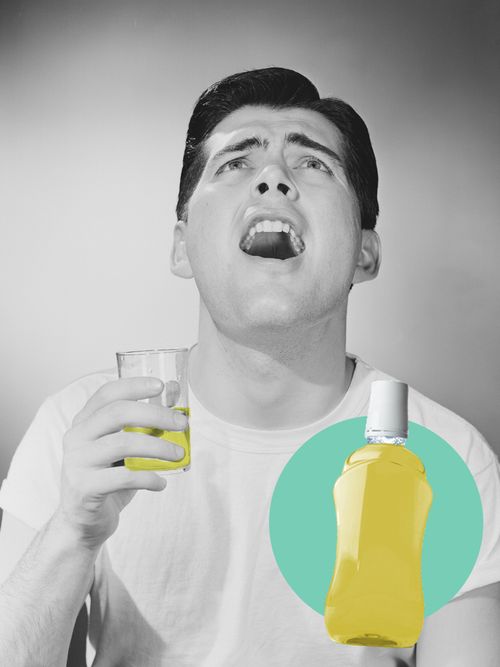
Ancient Romans
While testosterone-fueled men of today guzzle down protein shakes to keep up appearances, the Ancient Romans would swish Portuguese urine in their mouths. What’s the purpose in that, you ask? We’re afraid the answer isn’t going to give you much clarification. The Romans believed the ammonia in the urine would help to disinfect the mouth, whiten teeth and freshen breath—counterintuitive, much? In fact, urine was one of the main ingredients in mouthwash until the 18th century.

Medieval Venice
And that’s not the only weird use of urine we’ve heard of. If you traveled a little more towards Eastern Italy (and quite a few centuries through time), you’d arrive in Medieval Venice, where lion’s urine was being used to bleach hair. Women would douse their hair in the liquid and then lounge around in the sun to create blonde highlights.

Countess de Báthory
Part of a noble Hungarian family in the 1500’s, Elizabeth de Báthory got away with murder (literally), until she was arrested and put in a tower to prevent her from slaying any more innocent girls, all in the name of beauty. She bathed in the blood of over 600 young girls in her lifetime in order to remain youthful-looking, taking the adolescent daughters from peasants and noblemen alike. There were reports that she even bit the flesh off the faces, arms and other body parts, and her murderous exploits eventually earned her the nickname Countess Dracula.
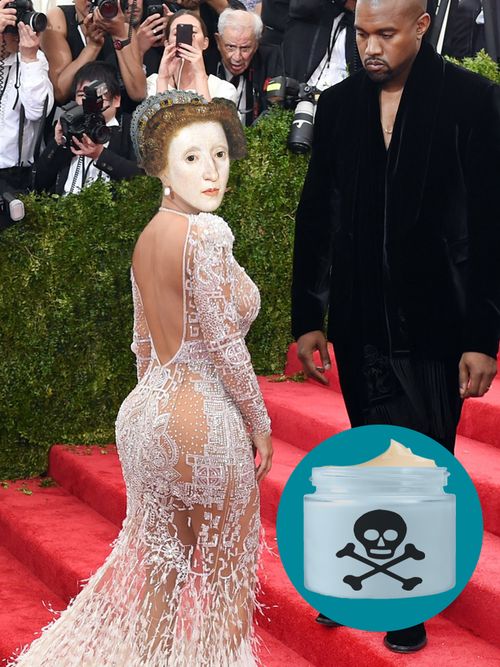
Elizabeth I
Queen Elizabeth I was the equivalent of today’s Kim Kardashian—she set the beauty standard against which everyone else compared themselves. When she was a child she suffered a bout of smallpox that left her face pitted and disfigured, so she turned to pasting thick layers of white foundation on her face to cover it up. The only problem was, it was made out of vinegar and lead—not the most healthy combination. Historians believe she eventually died of blood poisoning. Other Elizabethan beauty rituals included mixing sulfur, turpentine and mercury to bleach freckles, crushing insects to paint lips with, and drastically plucking hairlines to create the exaggerated foreheads that were so fashionable at the time.
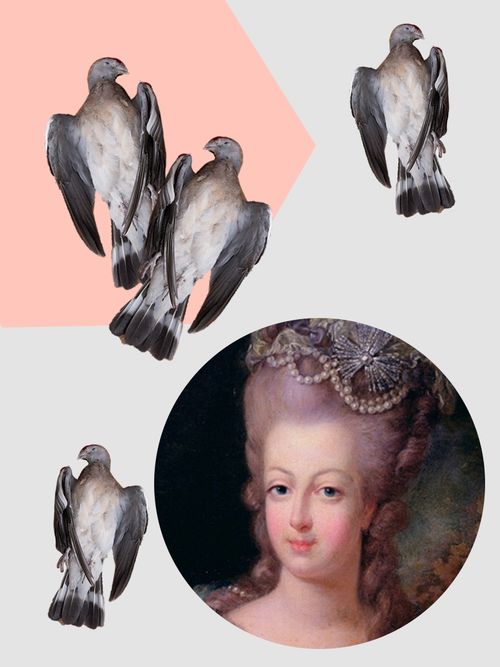
Marie Antoinette
Our generation is obsessed with DIY skin care routines. And although our mixtures of random fruit, honey and avocado don’t always turn out as picture-perfect as it looks on Pinterest, we’d rather our murky mess than Marie Antoinette’s go-to face mask. The French royal supposedly washed her face with the most vile concoction we’ve ever come across. If you want to try her skin care routine out for yourself, here’s the recipe:
8 pigeons (stewed and fermented for 17 days)
4 cups of fruit juice
A dash of borax (the stuff we use in detergent)
A few drops (or gallons) of floral essences
Crumbs from 3 French rolls
In our opinion, this is the one that really takes the cake.


